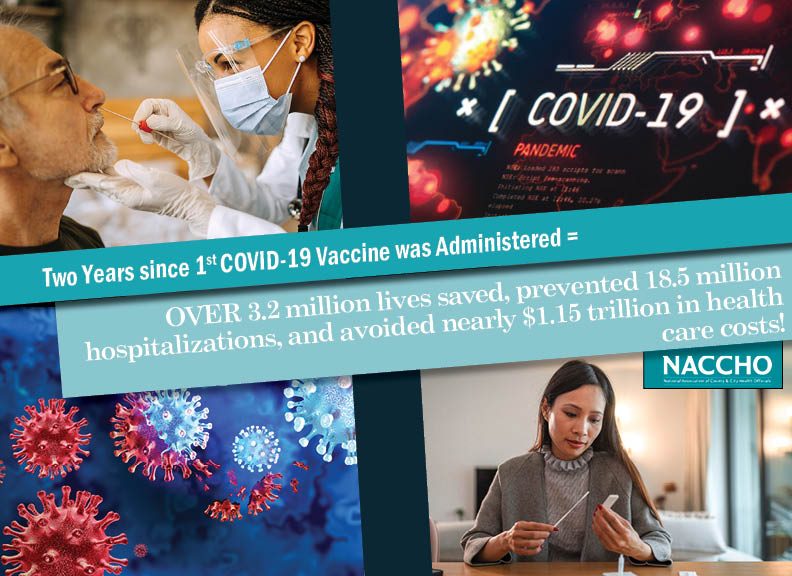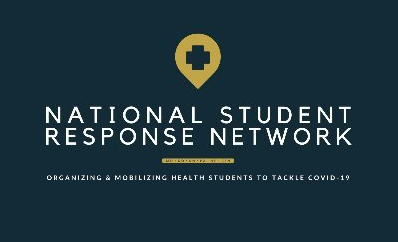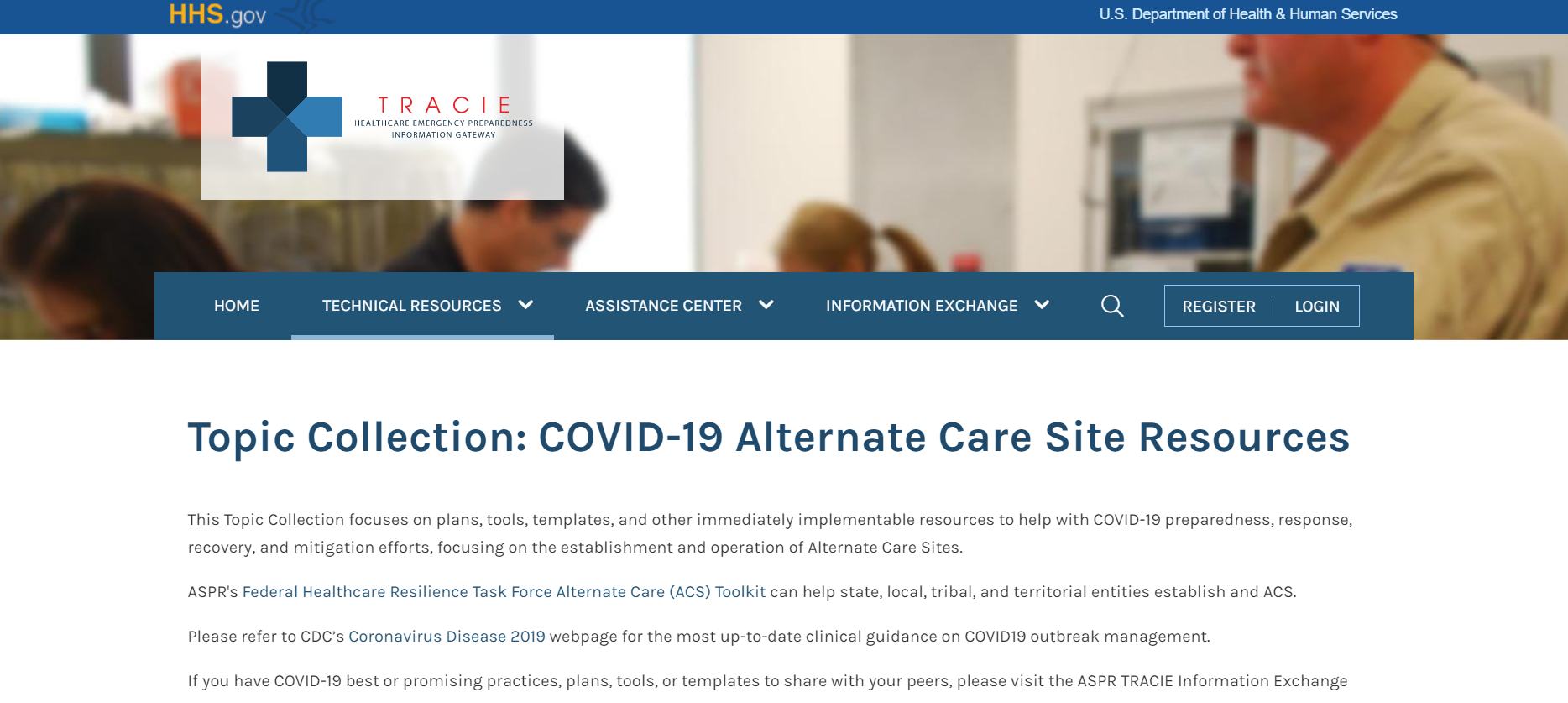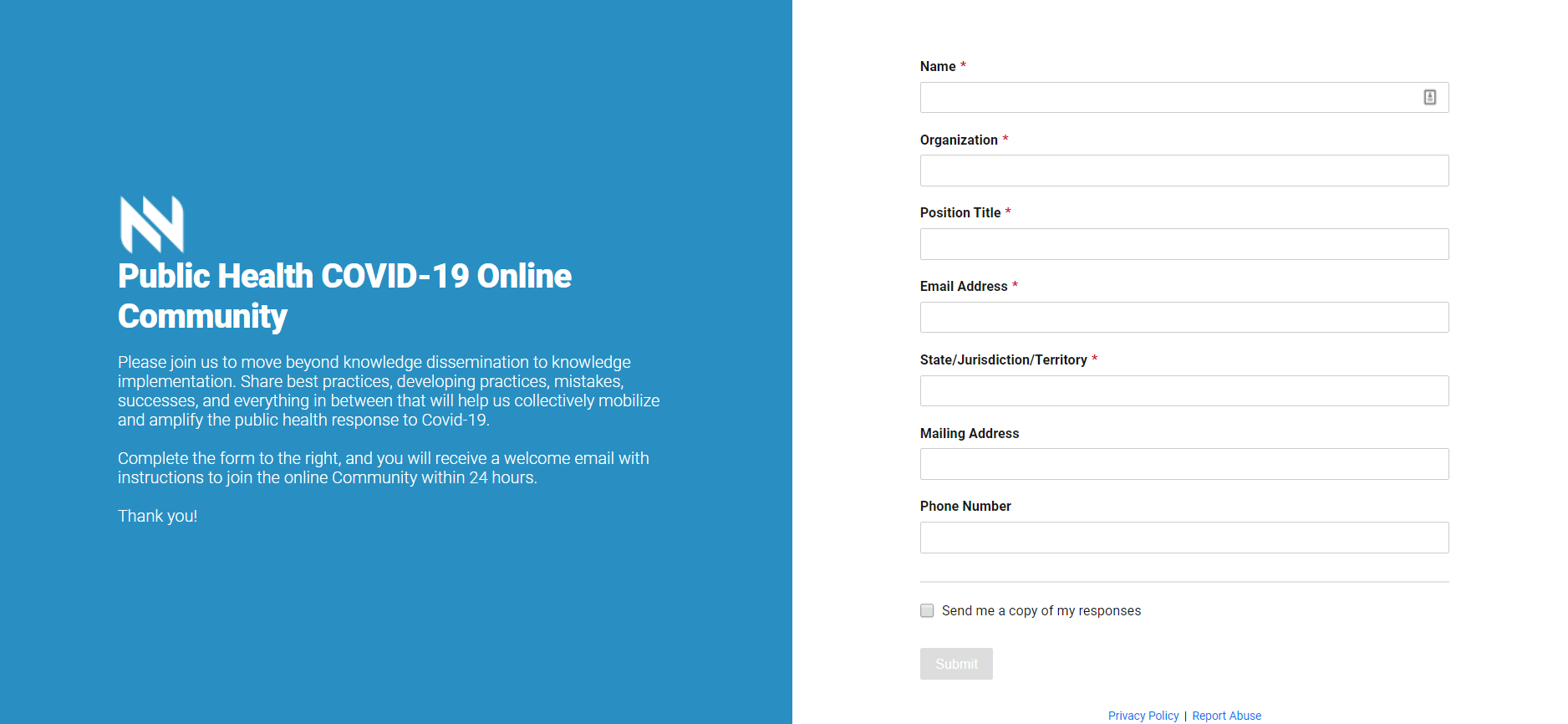Popular Categories
National Preparedness Month Spotlight: Vulnerable Populations
As local health departments (LHDs) take part in National Preparedness Month activities with their communities, it’s important to...
Sep 26, 2017
Engage with the Medical Reserve Corps at the 2017 Preparedness Summit
By Brennan J. Leddy, M.A.Ed, Communications Specialist, Medical Reserve Corps (MRC) Program, Assistant Secretary for Preparedness and...
Apr 17, 2017 | Guest Author
Recruiting LHD Staff: 2017-2018 NACCHO Preparedness Workgroups
Recruitment for 2017-2018 NACCHO advisory groups (i.e., committees and workgroups), including six Preparedness workgroups, starts on...
Mar 31, 2017 | Anastasia Sonneman
NACCHO Resource Portfolio: CDC Public Health Preparedness Capabilities
As local health departments (LHDs) strive to achieve and enhance community preparedness, response, and recovery capacity and...
Dec 13, 2016 | Tahlia Gousse
Community Planning Framework Available to Help with Medical Surge Planning
Medical surge – defined by the CDC as “the ability of a healthcare system to provide adequate medical care during events that exceed...
Apr 07, 2016 | Stephen Maheux
Measuring Mass Fatality Preparedness – How Does Public Health Stand Up?
Many of the catastrophic hazards that LHDs plan for have serious potential to become mass fatality events. Even in the most...
Jan 13, 2016 | Rachel Schulman
The Role of Public Health in Terrorism and Active Shooter Preparedness and Response
In light of the recent events in Paris and San Bernardino, CA, active shooter and terrorism situations have dominated global media and...
Jan 06, 2016 | Mary Hodges
New Anthrax Clinical Guidance Released
On Friday, December 4, 2015, CDC released the Morbidity and Mortality Weekly Report (MMWR) with new clinical guidance for the use of...
Dec 07, 2015 | Raymond Puerini
National Preparedness Month Spotlight: Vulnerable PopulationsAs local health departments (LHDs) take part in National Preparedness Month activities with their communities, it’s important to include people who require additional assistance in the event of a natural disaster or emergency in those conversations. In support of LHD efforts to address the needs of their entire communities, NACCHO and its partners have developed […] Sep 26, 2017 |
Engage with the Medical Reserve Corps at the 2017 Preparedness SummitBy Brennan J. Leddy, M.A.Ed, Communications Specialist, Medical Reserve Corps (MRC) Program, Assistant Secretary for Preparedness and Response (ASPR) The Medical Reserve Corps (MRC) is a national network of volunteers, organized locally to improve the health and safety of their communities. Celebrating its 15th anniversary this year, the MRC program was created to engage volunteers to strengthen... Apr 17, 2017 | Guest Author |
Recruiting LHD Staff: 2017-2018 NACCHO Preparedness WorkgroupsRecruitment for 2017-2018 NACCHO advisory groups (i.e., committees and workgroups), including six Preparedness workgroups, starts on April 3, 2017 and goes through May 5, 2017. NACCHO advisory groups are a primary and recognized vehicle for identifying the opportunities and challenges facing local health departments (LHDs) and the field at large. NACCHO members from all areas of […] Mar 31, 2017 | Anastasia Sonneman |
NACCHO Resource Portfolio: CDC Public Health Preparedness CapabilitiesAs local health departments (LHDs) strive to achieve and enhance community preparedness, response, and recovery capacity and capability, they are often faced with searching through hundreds of randomly assorted tools across a wide‐range of sources. In an effort to create a more seamless process, NACCHO in collaboration with the Centers for Disease Control and Prevention […] Dec 13, 2016 | Tahlia Gousse |
Community Planning Framework Available to Help with Medical Surge PlanningMedical surge – defined by the CDC as “the ability of a healthcare system to provide adequate medical care during events that exceed the limits of the normal medical infrastructure of an affected community” – is a major concern among the healthcare community during a natural disaster, disease outbreak, or act of terrorism. While many […] Apr 07, 2016 | Stephen Maheux |
Measuring Mass Fatality Preparedness – How Does Public Health Stand Up?Many of the catastrophic hazards that LHDs plan for have serious potential to become mass fatality events. Even in the most well-prepared communities, events such as pandemics, chemical spills, radiation releases, mass shootings, and acts of terrorism can still result in extremely high death tolls. Moreover, it doesn’t necessarily take a large number of deaths […] Jan 13, 2016 | Rachel Schulman |
The Role of Public Health in Terrorism and Active Shooter Preparedness and ResponseIn light of the recent events in Paris and San Bernardino, CA, active shooter and terrorism situations have dominated global media and the minds of many Americans. Preparing for and recovering from these incidents is typically seen as the job of local and Federal law enforcement, but local public health is deeply involved in the […] Jan 06, 2016 | Mary Hodges |
New Anthrax Clinical Guidance ReleasedOn Friday, December 4, 2015, CDC released the Morbidity and Mortality Weekly Report (MMWR) with new clinical guidance for the use of Medical Countermeasures (MCMs) during an Anthrax mass-casualty event. Guidance Abstract Snippet: “This report addresses elements of hospital-based acute care, specifically antitoxins and intravenous antimicrobial use, and the diagnosis and management of common... Dec 07, 2015 | Raymond Puerini |
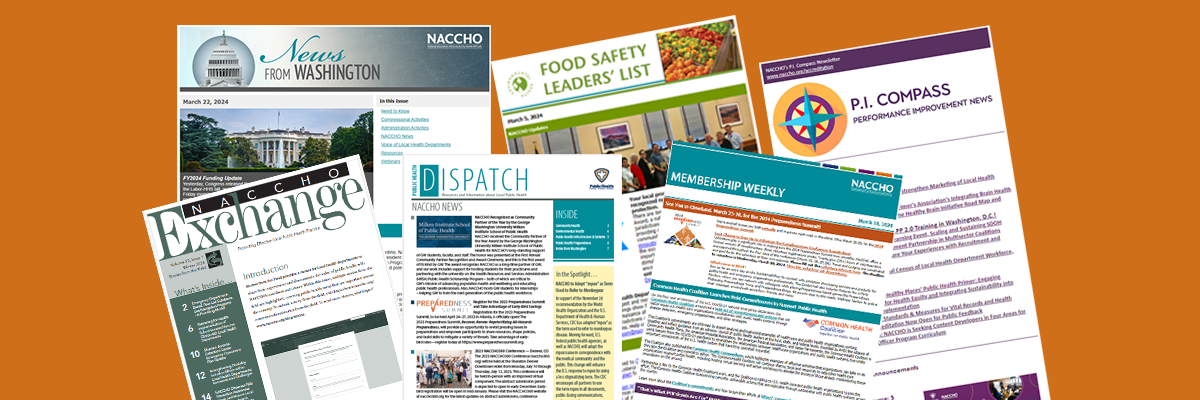
Subscribe Today
Sign Up for the E-mail Digests
Create an account or login to MyNACCHO and go to "My Subscriptions."
SUBSCRIBE NOW